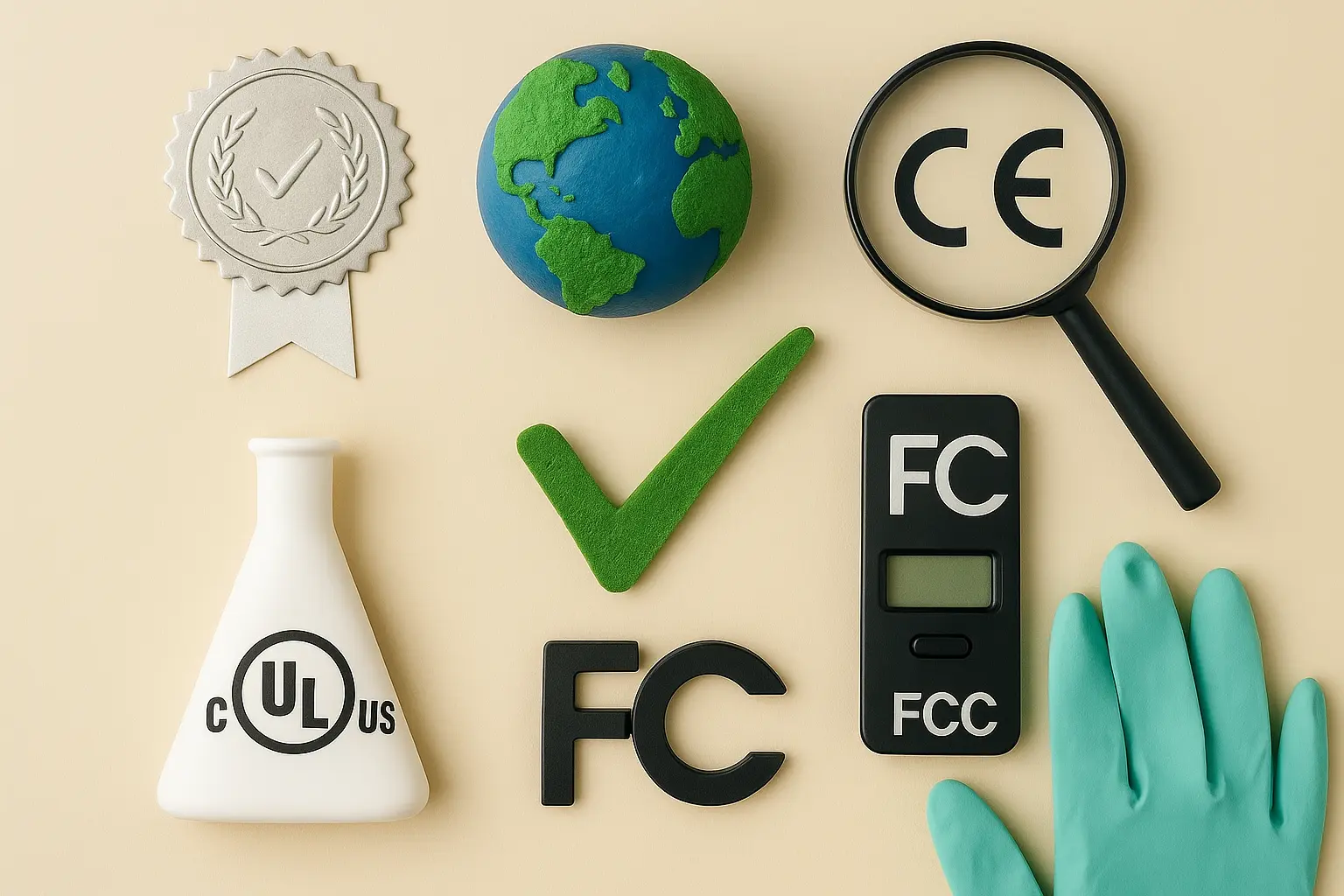Dustproof Product Certification
The process of obtaining a dustproof product certification is crucial for manufacturers and developers aiming to ensure their products meet stringent international standards for protection against dust ingress. This certification guarantees that the product can withstand exposure to various environments where dust may be present, thus offering a level of reliability and performance expected by end-users.
Dustproofing is particularly important in sectors such as electronics, automotive, aerospace, and medical devices, where contamination from dust particles could lead to malfunctions or even safety hazards. The primary criteria for achieving this certification involve rigorous testing under controlled conditions that simulate real-world scenarios of dust exposure. These tests are conducted using international standards like ISO 14644-4:2019, which specifies the classification and measurement of air cleanliness in cleanrooms and other controlled environments.
Manufacturers must prepare their products by ensuring they have no openings or gaps that could allow dust to enter. Once prepared, specimens are subjected to various tests including static testing where the product is placed in a chamber with controlled airflow and dust concentration. The test measures how much dust can penetrate through any imperfections over time.
The process also involves dynamic testing which simulates actual usage conditions by applying vibrations or other mechanical stresses to determine if there's increased risk of dust ingress during normal operation. Compliance officers and quality managers need to understand these nuances to ensure products meet all necessary requirements before certification is awarded.
- Why is dustproofing important?
- Dust can cause malfunctions or safety hazards in sensitive devices.
Quality and Reliability Assurance
The process of ensuring quality and reliability assurance during dustproof product certification is a multi-step endeavor that requires meticulous preparation, precise testing procedures, and stringent adherence to international standards. This section delves into the specific steps involved in achieving this crucial certification.
- What are the key components of quality assurance?
- Precision instrumentation, controlled environmental conditions, and thorough documentation of testing processes.
The first step involves selecting appropriate instruments for measuring air cleanliness levels within the specified ISO standards. These include particle counters capable of detecting very fine particles down to 0.3 microns in size, which are particularly significant when it comes to dustproofing assessments. Environmental chambers equipped with precise temperature and humidity control systems also play a vital role.
Once instrumentation is ready, specimens undergo static testing where the chamber door remains closed throughout the duration of the test. The goal here is to monitor how much dust enters through any imperfections in the product's construction over time. Dynamic tests follow this by introducing controlled vibrations or other mechanical stresses to simulate real-world usage conditions more accurately.
Throughout these processes, detailed records are kept regarding all parameters tested and observed results. This documentation serves not only as evidence supporting compliance with international standards but also provides valuable insights for continuous improvement efforts within the manufacturing process itself.
International Acceptance and Recognition
The acceptance and recognition of dustproof product certifications vary across different regions due to varying regulatory requirements and industry practices. However, there are several internationally recognized bodies that provide these certifications, ensuring uniformity in standards worldwide.
- Which organizations issue dustproofing certifications?
- American Society for Testing Materials (ASTM), International Organization for Standardization (ISO), European Committee for Standardization (CEN).
The American Society for Testing and Materials (ASTM) publishes specifications related to air filtration efficiency, which indirectly supports dustproofing evaluations. Similarly, ISO has developed multiple standards addressing cleanroom classifications and particle counting methods that are widely adopted globally.
In Europe, the European Committee for Standardization (CEN) works closely with other national standards bodies like CENELEC and ENAC to harmonize technical specifications across member states. Their involvement ensures widespread acceptance of certification results within EU countries.
Recognition from such reputable organizations lends credibility not just locally but internationally as well. This global recognition fosters trust among consumers, investors, partners, and regulatory authorities worldwide who rely on these certifications as proof that a product meets rigorous quality standards regarding dust protection.
Competitive Advantage and Market Impact
Achieving a dustproof product certification can give companies a significant competitive edge in the market. In today’s highly competitive environment, especially for electronics manufacturers or those operating in harsh environments like industrial settings or outdoor applications, this certification serves as a clear differentiator.
- How does dustproofing impact market positioning?
- Demonstrates superior product quality and reliability, enhancing brand reputation.
By meeting strict international standards set by recognized organizations like ISO or ASTM, companies signal to potential customers that their products are robust enough to function effectively even in challenging conditions. This can translate into increased sales particularly among industries where dust contamination is a significant concern.
The certification also opens up new market opportunities for manufacturers as it aligns them with global regulatory frameworks and best practices. For example, medical device companies operating internationally may find that obtaining such certifications helps comply with local regulations in countries they wish to expand into.
Furthermore, investing in dustproof product certification demonstrates a commitment to innovation and quality which resonates well with consumers who value reliability above all else. It fosters long-term customer loyalty by ensuring consistent performance over time despite exposure to adverse environmental factors.





